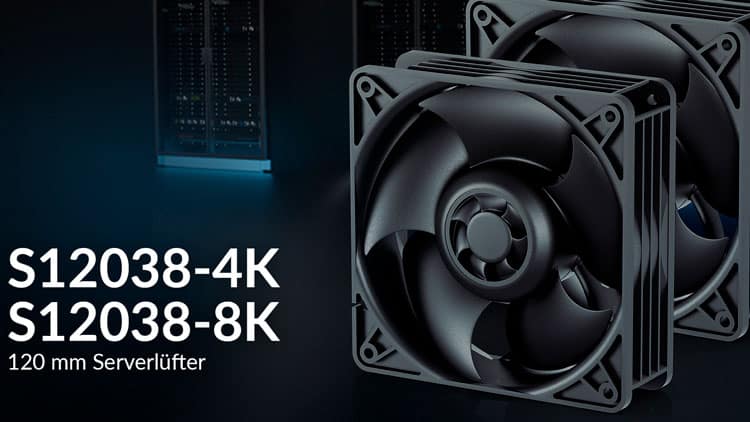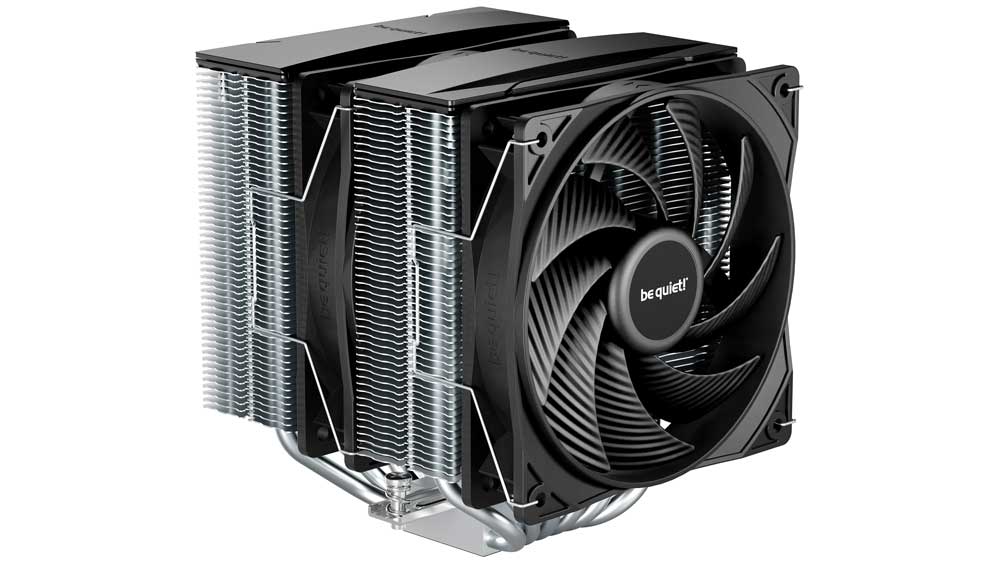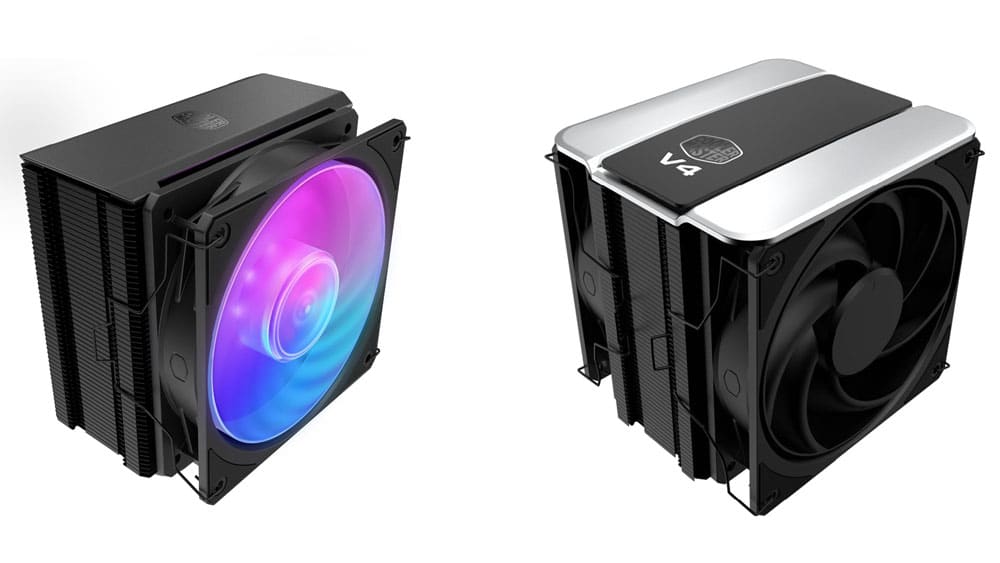Advertised Vs. Real Performance
This is probably the most crucial page, showing how accurate the data provided by the manufacturers/brands on their products is. Since nobody could verify these numbers so far, it was an open field for every brand to declare whatever it wanted, but this stops now. I should also note that I strictly follow the specific guidelines (ISO7779: 2018) for taking noise measurements in information technology and telecommunications equipment.
A note here about the power consumption numbers: so far, I noticed that most brands provide power consumption information without static the precise fan operation, whether it is operating at max airflow, max static pressure, or a state in between. The fact is that when the fan is under load, meaning that it delivers its full static pressure, its power consumption increases. This is why, if there is no information on the fan’s operating conditions, I will compare the advertised power consumption with the readings I have at 100% fan speed with an obstacle (max static pressure) and without (max airflow). In case there is power consumption information stating the fan’s operating condition, I will provide the corresponding results I got.
In the table below, anything in Red means bad news, while the Blue fonts are good!
| Performance Metric | Advertised Performance | Real Performance | Difference |
|---|---|---|---|
| Max Speed (RPM) | 4000 | 3978 | -0.55% |
| Max Input Current (A) – Max Airflow | 0.33 | 0.31 | -6.06% |
| Max Input Current (A) – Max Static Pressure | 0.33 | 0.66 | +100% |
| Max Power (W) – Max Airflow | 3.96 | 3.7 | -6.57% |
| Max Power (W) – Max Static Pressure | 3.96 | 7.92 | +100% |
| Qmax (CFM) | 106 | 111.43 | +5.12% |
| Pmax (mmAq) | 11.45 | 13.14 | +14.76% |
| Max Noise Level (dBA) | – | 48.8 | – |
The fan’s speed is a bit lower than claimed. The Arctic’s power consumption readings are at max airflow, not max static pressure, which is the worst-case scenario.



Is that secondary impeller noticeably adding harmonics, particularly that major 3rd? I’m actually curious if this thing has sound design characteristics I might want to experiment with.
please check the frequency analysis I conducted for that.
Hi @crmaris can you please tell me what size screws I would need to mount this fan on an AIO radiator?
It is 38mm thick so 45mm long I would say.
Besides the thickness, is there any reason the home enthusiast should not consider these the best watercooling radiator fans for low noise? Less optimal noise frequencies than its competitors?
The thickness is the major issue for most cases, with limited internal space.
That mechanical clicking in the low speed recording sounds like it could get *pretty* irritating.
As someone who tried using these (8K variant) fans for home PC cooling, I can confirm that clicking noise is VERY irritating already at ~1K RPM. I bought pack of 3, and each of them sounded like this – mounted, not mounted, held by hand, etc. Clicking becomes tolerable around 400-500 RPM, but listening closely they’re still pretty noisy compared to others, and at this point there’s no advantage in using these fans over anything that came pre-installed with case. Too bad, because overall they’re really cool and with such static pressure would be perfect for a crowded PC.